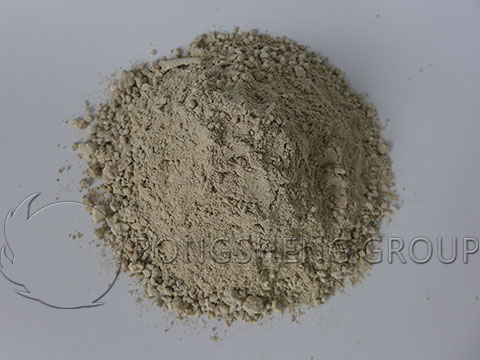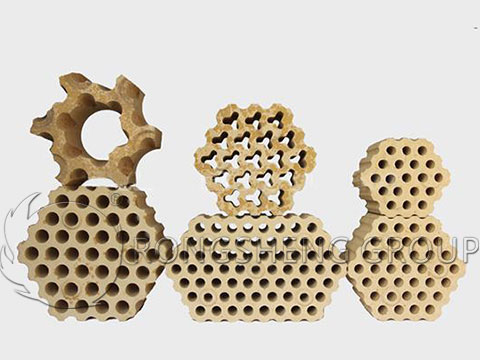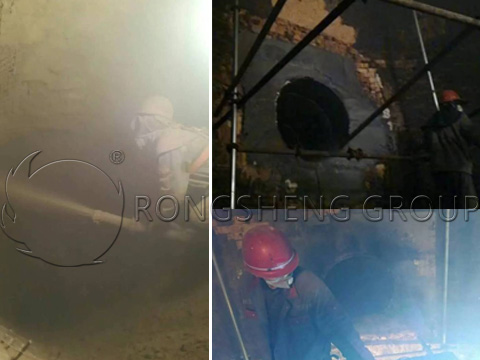Corundum bricks are refractory bricks with an alumina content greater than 90%. Corundum bricks are divided into sintered corundum bricks and fused corundum bricks. The chrome corundum brick is a refractory brick with Cr2O3 added to the corundum. Chrome corundum bricks are divided into two types: fused cast chrome corundum bricks and sintered chrome corundum bricks.

Corundum bricks are used in industrial furnaces under high temperatures, high pressure, and other environments. Corundum bricks and chrome corundum bricks have similarities and differences.
- Fire resistance
Adding Cr2O3 to the corundum material will not only reduce the fire resistance of the material but will improve the fire resistance of the material. The refractoriness of chrome corundum bricks is greater than 1790°C and the softening temperature under load is greater than 1700°C, both of which are better than corundum bricks.
- Compressive strength
The normal temperature compressive strength of corundum bricks is 70~100MPa. The room temperature compressive strength of high-performance chrome corundum bricks is generally greater than 150MPa, which is significantly higher than that of corundum bricks. During the firing process of corundum bricks and chrome corundum bricks, Al2O3-Cr2O3 solid solutions are formed between the particles, between the particles and the fine powder, and between the fine powder and the fine powder. The solid solution connects the particles and fine powder together like a bridge so that the strength of the material is greatly improved.

- Thermal shock stability
Adding Cr2O3 to corundum, when the Cr2O3 content is 10%-66%, the thermal shock stability of the material decreases with the increase of the Cr2O3 content. That is, chromium corundum bricks with low Cr2O3 content have better thermal shock stability than chrome corundum bricks with high Cr2O3 content. The Cr2O3 content of high-performance chromium corundum bricks is between 12% and 20%, and its thermal shock stability is improved compared with corundum bricks. Especially the AKZ chrome corundum brick produced by adding a small number of additives that cause phase change has better thermal shock stability.
- Resistance to slag erosion
Corundum bricks are severely eroded by slag, and the slag will completely penetrate into the brick and penetrate to the surface along the pores inside the brick, and the brick will turn brown with almost no slag remaining. Chrome corundum bricks are hardly corroded by molten slag, there is no obvious chemical reaction between the slag and the brick surface, the boundary between the inner hole edge and the slag is clear, and the slag rarely penetrates into the brick. Only a 5-10 mm thick metamorphic layer is formed around the brick hole, and a large amount of slag remains in the crucible hole. Chromium corundum bricks have better resistance to chemical erosion and permeability of gasifier slag than corundum bricks, and their resistance to structural spalling is also superior to corundum bricks.
- Application
Chrome corundum bricks are used as glass kiln lining, brushed glass flow hole cover, and plate brick, and are used for molten iron pretreatment devices, garbage incinerators, gasifier backing, etc. Corundum bricks are used in various high-temperature kiln linings and kiln furniture such as cracking and reforming furnaces in the petrochemical and chemical fertilizer industries, steelmaking furnaces in the metallurgical industry, and blast furnaces. Among them, chrome corundum bricks are more resistant to high temperatures and corrosion than corundum bricks, which can meet the common needs of industrial kilns.




















